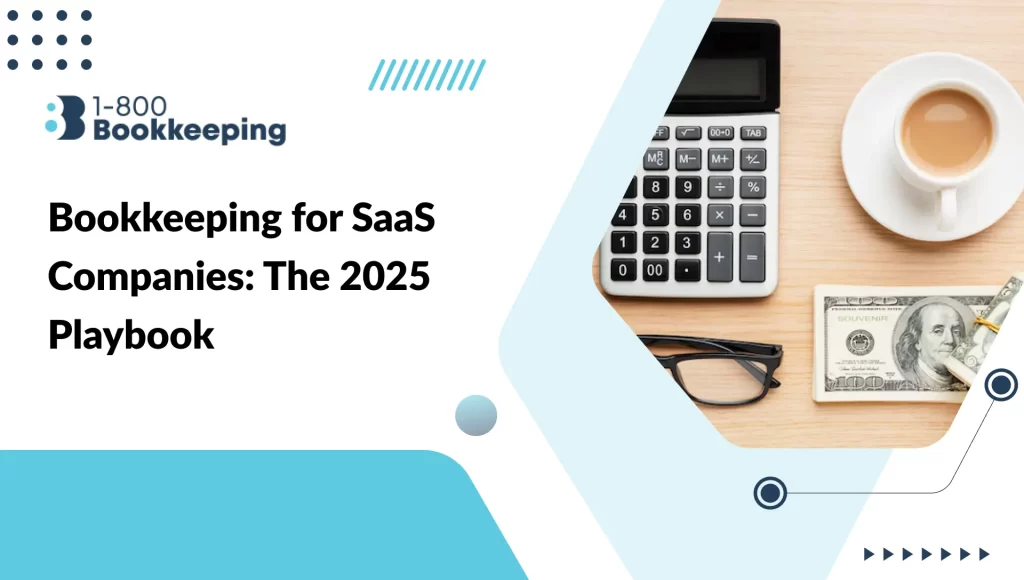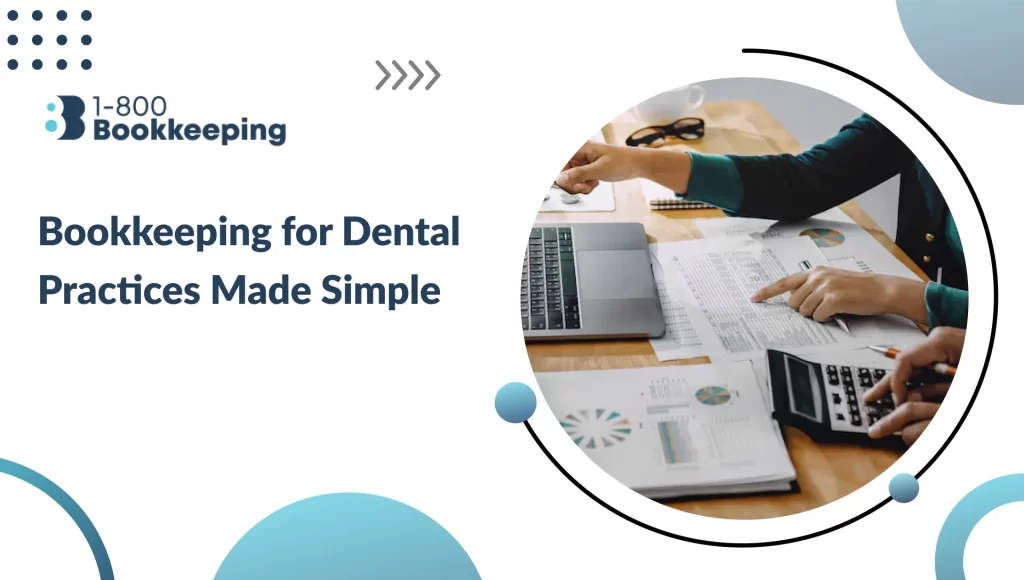Business tax credits play a crucial role in reducing taxable income and overall tax liability for enterprises; unlike tax deductions that lower taxable income, tax credits reduce the amount of tax owed, dollar for dollar. This significant difference means that tax credits can lead to substantial savings, providing businesses with more capital to reinvest, grow, and thrive. Understanding business tax credits, therefore, becomes essential for any enterprise aiming to optimize its financial strategy and improve its bottom line.
What are Business Tax Credits?
Business tax credits are financial incentives the government provides to encourage businesses to engage in specific activities that promote economic growth and development. Unlike tax deductions, which reduce the amount of income subject to tax, tax credits directly reduce the amount of tax a business owes, dollar for dollar. Tax credits can lead to significant savings, giving businesses more capital to reinvest. Common business tax credits include research and development, energy efficiency, hiring from targeted groups, improving accessibility, and setting up employee retirement plans. By taking advantage of these credits, businesses can lower their tax liabilities, foster innovation, support sustainable practices, and enhance their financial health.
Partnering with 1800Bookkeeping for Maximizing Business Tax Credits
Owing to the complexities of business tax credits, it can be challenging to implement them, but 1800Bookkeeping can unlock substantial tax savings and reinvest those funds into your business. Our expertise in tax credit strategies ensures that your company takes full advantage of available credits. Our comprehensive services include:
- Expert Financial Insights: Gain clarity with accurate and detailed financial analysis to identify and maximize eligible tax credits, enhancing overall financial health.
- Customized Tax Credit Solutions: Develop strategic plans to claim various tax credits, such as those for R&D, energy efficiency, hiring, and accessibility, ensuring you capture all potential savings.
- Optimized Documentation Management: Utilize advanced tools to track and document qualifying activities efficiently, reducing the risk of errors and improving compliance with tax credit requirements.
- Tax Planning and Compliance: Manage tax obligations seamlessly with expert guidance on compliance and strategic tax planning, ensuring you claim all available credits without hassle.
By partnering with 1800Bookkeeping, you can streamline your tax credit processes and focus on maximizing your business’s performance. Contact us today for a complimentary consultation and discover how we can support your financial success through effective tax credit management.
Types of Business Tax Credits
Understanding the various types of business tax credits can help businesses take full advantage of available benefits. Below are some common types that enterprises might encounter:
Research and Development (R&D) Tax Credit
This credit incentivizes businesses to invest in innovation and technological advancements. Eligibility typically encompasses activities related to developing new products, processes, or techniques. Companies that continuously innovate can significantly benefit from this credit.
Energy Efficiency Credits
These credits encourage businesses to invest in energy-efficient technologies and practices. Examples include the Energy Efficient Commercial Buildings Deduction and the Renewable Electricity Production Tax Credit. By adopting green technologies, businesses can reduce their environmental impact while saving on taxes.
Hiring Credits
Designed to encourage job creation, hiring credits target specific groups such as veterans, ex-felons, and individuals from economically disadvantaged areas. The Work Opportunity Tax Credit (WOTC) is a notable example. Hiring from these groups provides tax benefits and promotes social responsibility.
Disabled Access Credit
This credit assists small businesses in making their facilities more accessible to disabled individuals, covering various expenditures related to accessibility modifications. Improving accessibility not only earns tax credits but also broadens the customer base.
Small Employer Pension Plan Startup Cost Credit
This credit helps small businesses offset the costs of setting up employee retirement plans. Offering retirement plans can attract and retain talent, enhancing the business’s competitiveness.
Each type of credit comes with its own set of eligibility criteria and limitations, making it essential for businesses to thoroughly understand the specifics of each credit they aim to utilize.
3. How to Determine Eligibility for Tax Credits
Determining eligibility for tax credits involves several key steps:
- Assess Business Activities: Identify activities that may qualify for specific credits, such as R&D efforts or creating jobs in target demographics. A thorough assessment can reveal opportunities for significant savings.
- Stay Informed: Tax laws and regulations can change frequently. Staying updated with current tax laws is critical. The IRS website is a valuable resource, offering detailed guidelines for various credits. Regularly checking for updates can ensure compliance and eligibility.
- Consult a Professional: Enlisting the help of a tax professional can provide invaluable insights. Tax advisors can help you with complex regulations and ensure you are eligible for all potential credits. Their expertise can be instrumental in maximizing your savings.
By following these steps, businesses can be well-positioned to claim all eligible credits.
4. Applying for Business Tax Credits
The process of applying for business tax credits can be intricate, but following a structured approach can simplify it:
Step-by-Step Guide:
- Identify Eligible Credits: Based on activities and expenditures, identify which credits your business qualifies for. Understanding the eligibility criteria is the first step toward claiming credits.
- Gather Documentation: Collect all necessary documentation, such as payroll records for hiring credits or expenditure receipts for R&D activities. Substantiating your claims requires proper documentation.
- Complete Required Forms: Each tax credit often requires specific forms. For instance, IRS Form 6765 claims the R&D tax credit. Ensuring accurate form completion is vital to avoid delays.
- Submit Forms: Ensure all forms and your tax return are correctly filled out and submitted. Timely submission is essential to take advantage of credits.
- Documentation and Forms: Document every qualifying activity and related expenses to provide evidence if required. Organized records can make the application process smoother.
Tips for a Smooth Application Process:
- Stay Organized: Use software tools to keep track of all relevant documentation. Digital records can be easily managed and retrieved when needed.
- Double-Check Forms: Errors can delay or even nullify your tax credits. Double-check all forms for accuracy. Precision is key in tax matters.
- Seek Professional Help: A tax consultant can help with the complexities and ensure all forms are correctly completed. Their guidance can enhance your chances of successful claims.
5. Maximizing Your Tax Credits
Maximizing tax credits involves strategic planning and diligent record-keeping:
- Accurate Bookkeeping: Maintain comprehensive and accurate records. This will ensure eligibility and help maximize credits. Detailed records can reveal additional credit opportunities.
- Tax Professional Assistance: Engage a tax professional who can identify all available credits and ensure they are appropriately claimed. Their expertise can uncover less obvious credits.
- Periodic Reviews: Review your business activities and expenditures regularly to identify new opportunities for tax credits. Staying proactive can maximize savings.
Implementing these strategies ensures your business takes full advantage of available tax credits, leading to significant tax savings.
6. Impact of Tax Credits on Financial Planning
Understanding the impact of tax credits on financial planning can help businesses make informed decisions:
- Influence on Financial Strategy: Tax credits can reduce overall tax liability, freeing up capital for other business activities such as investments or expansion. This can enhance financial flexibility.
- Integration into Financial Plan: Integrate tax credit planning into your broader financial strategy. This might involve timing certain activities or expenditures to maximize tax benefits. Strategic planning can optimize credit utilization.
- Long-Term Benefits: Effectively utilizing tax credits can improve cash flow and provide a competitive edge. The savings garnered through tax credits can be reinvested into the business, promoting growth and stability. Long-term planning can yield sustainable benefits.
Businesses can maximize their benefits and improve their financial health by considering tax credits in financial planning.
7. Common Mistakes to Avoid
While applying for and maximizing tax credits, avoiding common mistakes is essential for success:
Frequent Errors:
- Inaccurate Record-Keeping: Poor documentation can lead to disqualification or audits. Maintaining accurate records is vital for substantiating claims.
- Missed Deadlines: Late submissions can result in lost credits. Adhering to deadlines ensures eligibility.
- Incorrect Form Filing: Using incorrect forms or information can cause delays or rejections. We must aim for precision in form completion.
Tips for Avoidance:
- Maintain Thorough Documentation: Keep detailed records of all eligible activities and expenditures. Comprehensive documentation supports claims.
- Stay Organized: Use tools or software to keep track of deadlines and required forms. Organization prevents missed opportunities.
- Professional Guidance: Work with a tax professional for accurate and timely submissions. Their expertise can mitigate risks.
- Importance of Professional Guidance: Enlisting professional help can mitigate these risks and ensure that applications are correctly prepared and submitted.
8. Case Studies: Success Stories
Real-life examples can provide valuable insights into successfully utilizing tax credits:
Case Study 1: Small Manufacturing Firm
A small manufacturing firm utilized the R&D tax credit to recover expenses related to developing a new product line. By documenting their research activities and consulting with a tax professional, they secured significant tax savings, which were reinvested into further innovations. This case highlights the importance of meticulous record-keeping and professional advice.
Case Study 2: Local Restaurant
A local restaurant claimed the Work Opportunity Tax Credit by hiring individuals from targeted groups. This provided them with a tax credit and helped them contribute to community development by providing job opportunities. This case demonstrates the dual benefits of tax credits and social responsibility.
Lessons Learned:
- Documentation is Key: Both cases highlight the importance of meticulous record-keeping. Accurate records support credit claims.
- Professional Advice is Invaluable: Engaging tax professionals ensured that these businesses maximized their credits. Expertise can reveal additional credit opportunities.
- Reinvestment: Tax credits helped both businesses reinvest in their growth, demonstrating the long-term benefits of reinvestment, which can drive sustained growth.
Conclusion
Staying proactive and informed is essential to benefit fully from business tax credits. Businesses must continuously seek new credit opportunities, maintain accurate records, and stay updated with tax law changes. By doing so, they can maximize their tax savings, reinvest in growth opportunities, and improve their financial health. In conclusion, understanding business tax credits is essential for any enterprise aiming to optimize its financial strategy. By staying informed, keeping accurate records, and seeking professional guidance, businesses can maximize their tax savings and reinvest these funds into their growth and development.
Final Tips
- Regularly Review Activities: Periodically assess business activities to identify potential new credits. Staying proactive can uncover hidden opportunities.
- Organize and Maintain Records: Keep detailed and organized records of all tax-related activities. Proper documentation supports claims.
- Seek Expert Advice: Regular consultations with a tax professional can provide invaluable insights and ensure compliance. Expertise can optimize credit utilization.
Delegate your Bookkeeping Worries to us
Running a business is demanding, and keeping track of your finances can be a never-ending chore. Many business owners need help with the complexities of bookkeeping, which can leave them frustrated and behind.
1800 Bookkeeping offers expert services to streamline your financial processes and empower you to make informed decisions.
Our team of seasoned professionals understands the unique challenges businesses of all sizes face. We can help you:
- Free Up Valuable Time: Offload your bookkeeping tasks to our dedicated professionals.
- Gain Peace of Mind: Ensure your financial records are accurate and up-to-date.
- Make Smarter Decisions: Get actionable insights into your business performance through clear and concise reports.
- Feel Confident: Make informed financial decisions based on reliable data.
Don’t let bookkeeping hold you back from achieving your business goals. Contact 1800 Bookkeeping today for affordable bookkeeping solutions.
FAQs:
1. What are business tax credits, and how do they differ from tax deductions?
Business tax credits directly reduce the amount of tax owed, dollar for dollar, unlike tax deductions, which lower taxable income. This makes tax credits more valuable as they lead to substantial savings.
2. What types of business tax credits are commonly available?
Common types of business tax credits include the Research and Development (R&D) Tax Credit, Energy Efficiency Credits, Hiring Credits, Disabled Access Credit, and Small Employer Pension Plan Startup Cost Credit.
3. How can a business determine its eligibility for tax credits?
Businesses can determine eligibility by assessing their activities, staying informed about tax laws, and consulting with tax professionals. These steps help identify qualifying activities and ensure compliance.
4. What steps should be followed when applying for business tax credits?
The application process involves identifying eligible credits, gathering necessary documentation, completing required forms, and submitting these forms along with the tax return. Professional help can simplify this process.
5. How can businesses maximize their tax credits?
Businesses can maximize their tax credits through accurate bookkeeping, periodic activity reviews, and professional assistance. These strategies ensure all eligible credits are identified and claimed.





